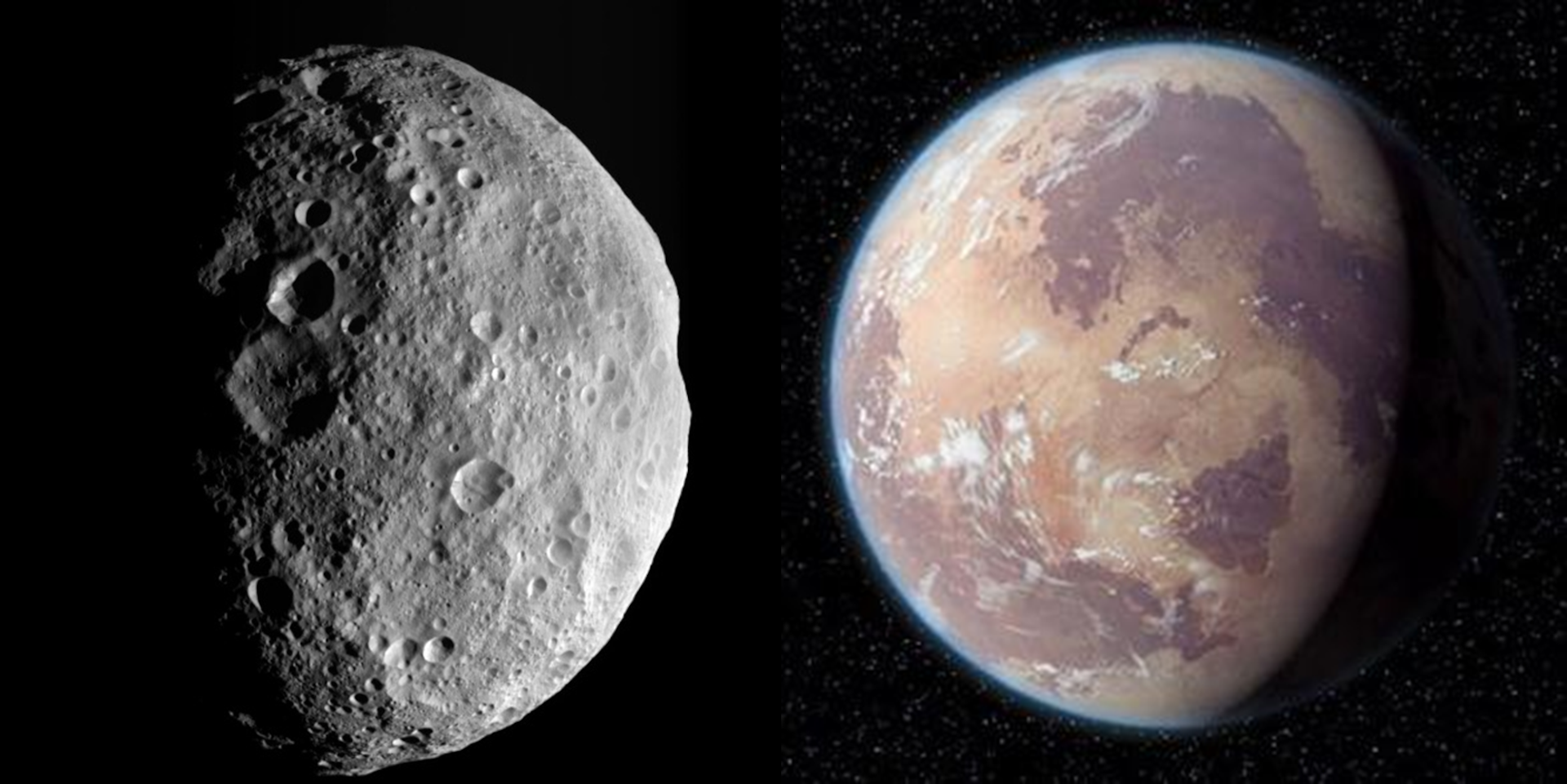
Neptune is fondly known for being a rich blue and Uranus green – but a new study has revealed that the two ice giants are actually far closer in colour than typically thought.

Jupiter's largest moon, Ganymede, features a surprisingly strong magnetic field for its size. Now, a new experimental study has put one of the leading models of core dynamics to the test: the formation of crystalized 'iron snow'.

Engineers at NASA successfully test-fired an innovative Rotating Detonation Rocket Engine combustor, a potentially revolutionary propulsion technology that could deliver a lander to the lunar surface or propel a spacecraft to Mars.

India has recently launched its first satellite to study black holes as it seeks to deepen its space exploration efforts ahead of an ambitious crewed mission next year.

The presence of veins in Tatahouine meteorite suggest the sample has experienced pressures of up to 25 gigapascals (GPa) of pressure. The pressure at the bottom of the Mariana Trench, the deepest part of our ocean, is only 0.1 GPa.

Discovered in 2013 as the source of rampant star formation just 880 million years after the Big Bang, a 'galaxy' named HFLS3 is not a galaxy at all. HFLS3 is actually six galaxies undergoing an epic, giant collision at the dawn of time.

Japan's SLIM space probe entered the moon's orbit on Monday in a major step towards the country's first successful lunar landing, expected next month.

A team led by geoscientists Yachong An and Hao Ding of Wuhan University have determined that Earth's inner core wobbles with a periodicity of 8.5 years.

Yep - planetary scientists think there might be a type of exoplanet out there that looks disturbingly like a giant eyeball. Staring. But it's actually not as weird as it sounds - the appearance of these bodies has to do with tidal locking.

The video, featuring a cat named Taters, was sent back from nearly 19 million miles away by NASA’s laser communications demonstration, marking a historic milestone.

When researchers reconstructed lava flows on Mars, they realized the red planet is a lot more active than they previously thought.

The picture, resembling a glowing blue marble rippling into a black ocean, was funneled through the telescope’s infrared filters to capture wavelengths future space travelers wouldn’t see with the naked eye.

A new study published in the Monthly Notices of the Royal Astronomical Society has now shed new light on them, after spotting a “highly active” repeating FRB signal that is behaving differently to anything ever detected before.

A large number of supernovas are mysteriously devoid of hydrogen – suggesting that there must also be a significant population of hydrogen-poor stars from whence such supernovas come.

A study zooms in on data that NASA’s Cassini gathered at Saturn’s icy moon and finds evidence of a key ingredient for life and a supercharged source of energy to fuel it.